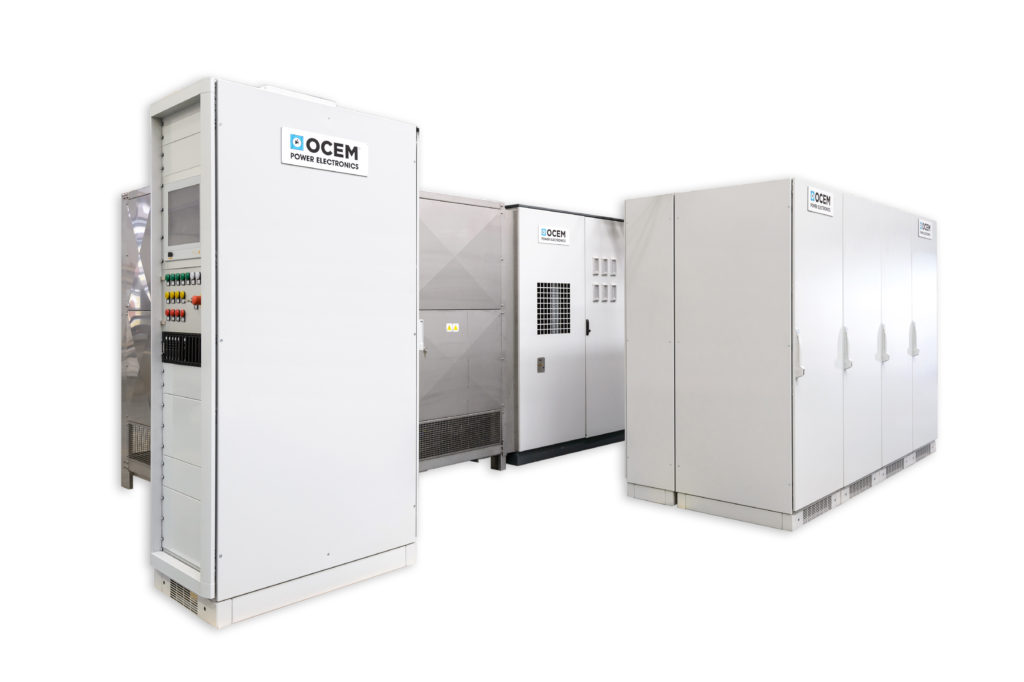High Voltage Power Supplies, Plasma Physics
Switching Network Units for JT-60SA
Switching Network Units for JT-60SA
The JT-60SA, or Japan Torus 60 Super Advanced, is a collaboration between the Japanese and European fusion research communities intended to compliment the International Thermonuclear Experimental Reactor under construction in Cadarache, France. Managed by the Japan Atomic Energy Agency at the Naka Fusion Institute, and governed by the “Broader Approach” agreement between Europe and Japan, the project will be an upgrade to the JT-60 fusion reactor built in 1985.
While the JT-60SA and ITER are independent research initiatives, JT-60SA was designed to support ITER’s research aims by developing and testing practical and reliable plasma control schemes suitable for future power plants. When JT-60SA goes live in 2019, major research fields will include operation regime development, stability and control, transport and confinement, high-energy particle behavior, plasma material interaction, fusion engineering, and theoretical models and simulation codes.
OCEM Power Electronics was commissioned to produce four Switching Network Units, or SNU’s, to induce and sustain the loop voltage needed for plasma initiation in the JT-60SA.
Components and Specifications
| Characteristic or performance of the JT-60SA CS SNU | JT-60SA specification | Experimental result |
|---|---|---|
| Nominal current | ±20 kA | ±20 kA |
| SCB current interruption capability (safety margin) | 25 kA | 25 kA (3125 A per branch) |
| Rated voltage (across SNU terminals) | 5 kV | 5 kV |
| Maximum voltage (including overshoot and transients) | 7 kV | 5.2 kV |
| Maximum SNU operating time (including accuracy) | 1.5 ms | 80 µs |
| Maximum MS closing time (including accuracy) | 2 ms | 140 µs |
| Maximum SNU closing time (including accuracy) | 1.5 ms | 1.25 ms |
| Worst-case SNU operating time in non-nominal conditions | Not considered | 700 µs |
| MS closing time in worst-case non-nominal conditions | Not considered | 40 µs |
| SNU closing time in worst-case non-nominal conditions | Not considered | 1 ms |
| Maximum BPS opening time (only for reference) | 15 ms | 15 ms |
| Maximum pulse length | 250 s | > 250 s |
| Minimum repetition (cool-down) time | 1800 s | < 1800 s |
| Voltage drop in SNU closed status | > 10 V allowed | < 10 mV |
| Range of R1 resistance adjustable by selectors | 0.25÷3.75 Ω | 0.25÷3.75 Ω |
| SNU resistance after successful breakdown | Up to 22 mΩ | Up to 22 mΩ |
| Tolerance of each breakdown resistor (at 20 °C) | ± 2 % | Better than ± 1.5 % |
| Maximum variation of resistors with temperature | 10% | 8% |
| Total energy that can be dissipated in breakdown resistors R1 and R2 | 90 MJ | >> 90 MJ |
| Temperature of air to environment | 100 °C | << 60 °C |
| Maximum current imbalance among parallel branches (SCB) | 20 % | 11 % |
| Minimum cycles without compressed air | 2 | Unlimited |
| Self-protection time in any case of fault or alarm | Not specified | 150 ms |
